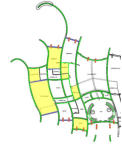CONCEPT DESIGNs
ARCHITECTS / dESIGNERS
pentarc

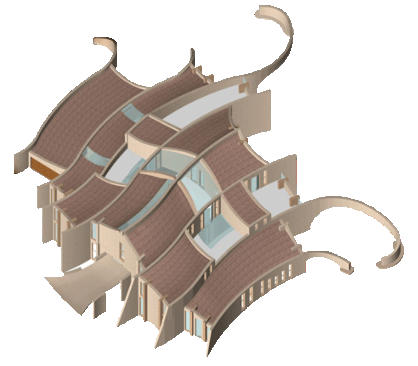




The setting out and relationships of the form within the design are influenced by eight aesthetic
principles. These are ordering systems found through analysis of the forms in nature and art across
culture and history, and have been recognised in many studies as such or as similar variations (termed
Orders of Form here). They are:
Grandeur of concept; Vitality; Aptness of Realisation, Thematic Development; Inter-
elemental tension; Intentionality; Proportion; Unity. These are explained in a blog on aesthetics still
under construction.
This design encompasses these orders, by analysing and adjusting the design using an overlay diagram
of each of them to arrive at a unified outcome.
It can be compared to other designs, irrespective of
medium, using the diagram for each order,
for degree of say vitality, unity, thematic
development and so on.
A couple of examples are shown.
Though not an objective methodology, it provides
graphic platforms which can be used to arrive at informed
consensus (or dispute. This provides a comparative
basis for aesthetic judgement.
It is believed that use of the orders of form universally found in
nature and art at a high level brings to design the spiritual resonance
thought to inhere in natural form, and such systems as Feng Shui and Vaastu.
Isometric view of Front
Front View
Roof Overview
Diagram - development
of themes in design -
identified by colour
v
Diagram - Implied tensions
between elements of form
shown arrowed
Floor Plan
ORGANIC HOUSE-CONCEPT SKETCHES
STAGGERED HOUSE-CONCEPT SKETCHES


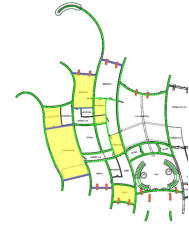

CONCEPT DESIGNs
ARCHITECTS / dESIGNERS
pentarc
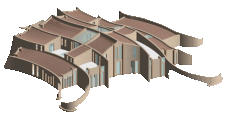
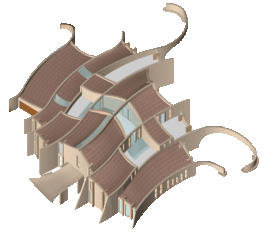

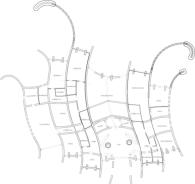


The setting out and relationships of the form within the design are influenced
by eight aesthetic principles. These are ordering systems found through analysis of
the forms in nature and art across culture and history, and have been recognised in
many studies as such or as similar variations (termed Orders of Form here). They are:
Grandeur of concept; Vitality; Aptness of Realisation, Thematic
Development; Inter-elemental tension; Intentionality; Proportion; Unity. These
are explained in a blog on aesthetics still under construction.
This design encompasses these orders, by analysing and adjusting the
design using an overlay diagram of each of them to arrive at
a unified outcome. It can be compared to
other designs, irrespective of medium,
using the diagram for each order,
for degree of say vitality, unity,
thematic development and so on.
A couple of examples are shown.
Though not an objective methodology, it provides
graphic platforms which can be used to arrive at
informed consensus (or dispute. This provides
a comparative basis for aesthetic judgement. It is believed that
use of the orders of form universally found in nature and art
at a high level brings to design the spiritual resonance
thought to inhere in natural form, and such systems as Feng Shui and Vaastu.
Isometric view of Front
Front View
Roof Overview
Diagram - development
of themes in design -
identified by colour
v
Diagram - Implied
tensions between
elements of form
shown arrowed
Floor Plan
ORGANIC HOUSE-CONCEPT SKETCHES
STAGGERED HOUSE-CONCEPT SKETCHES


